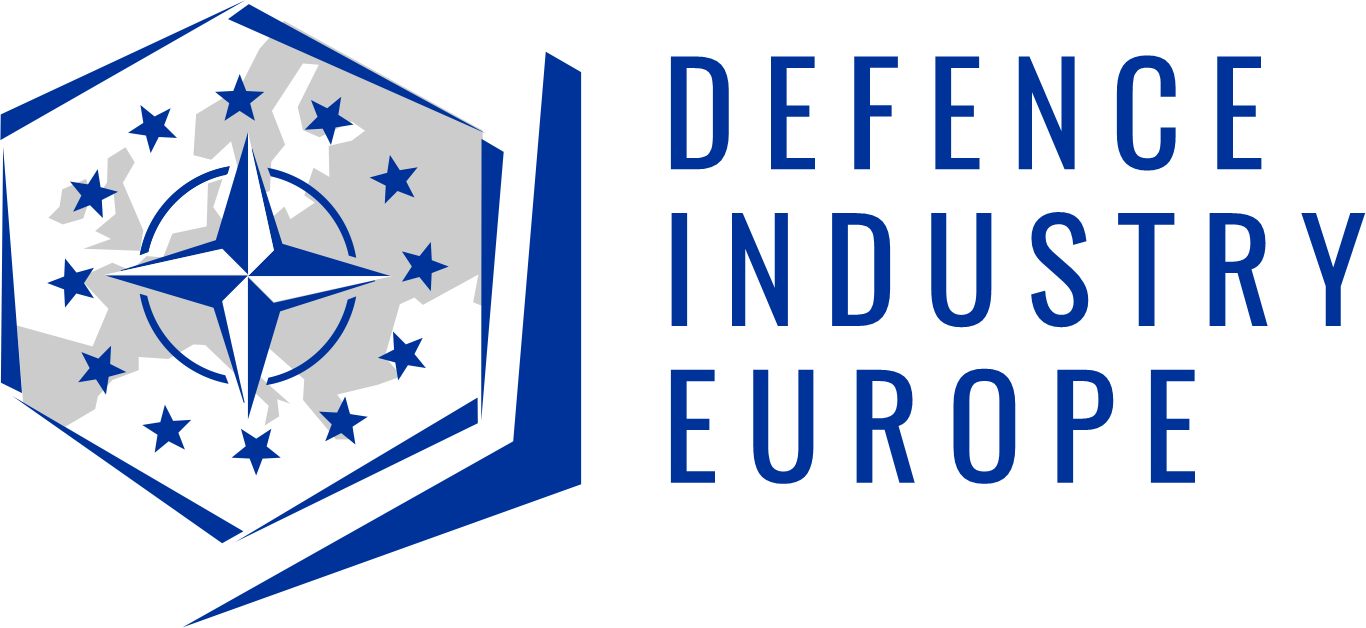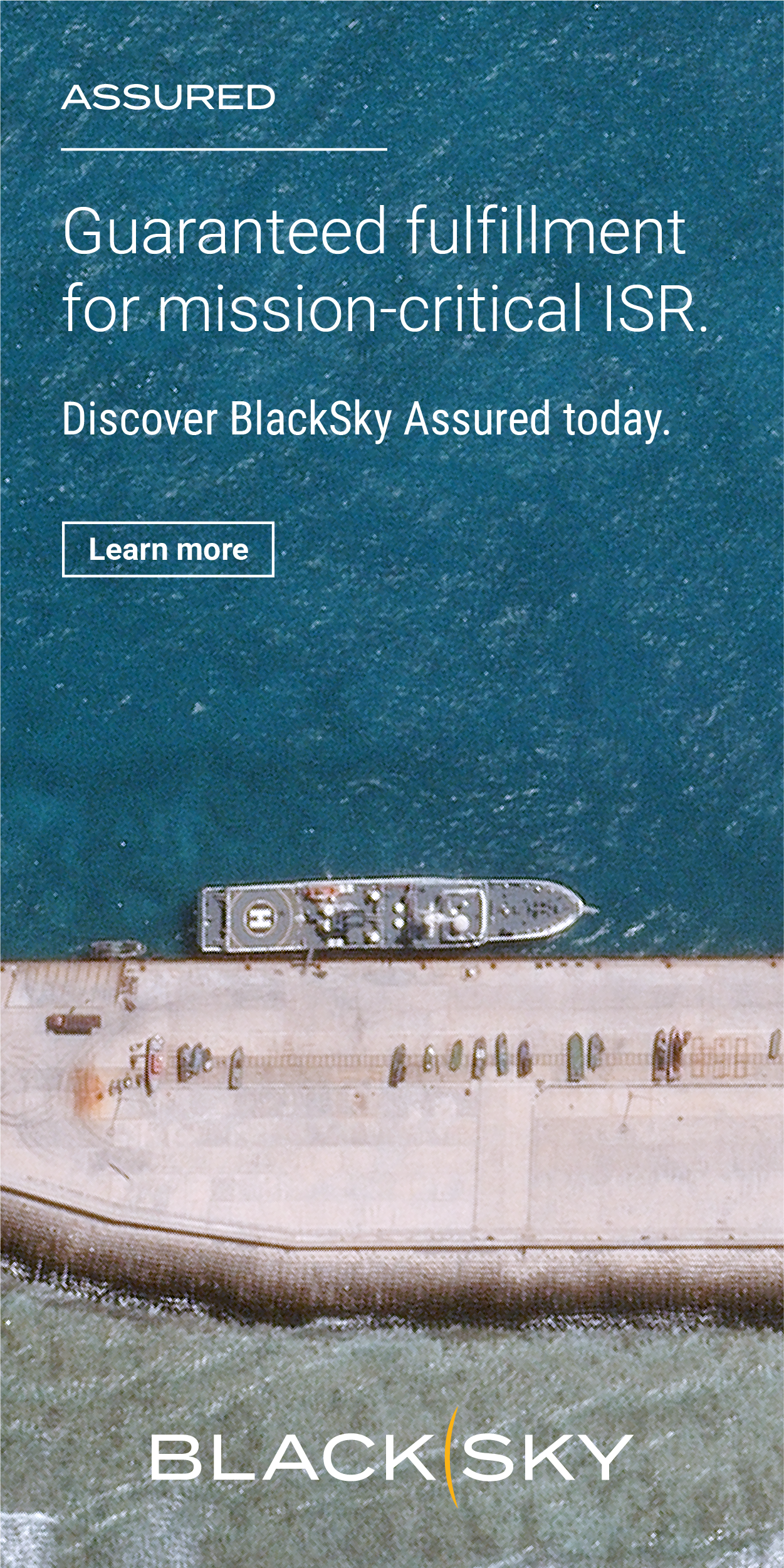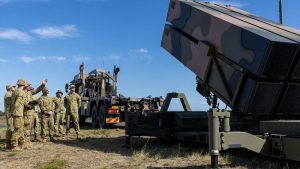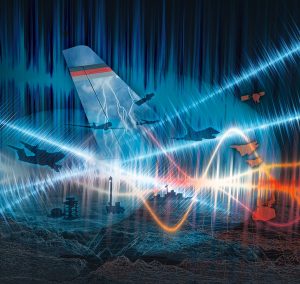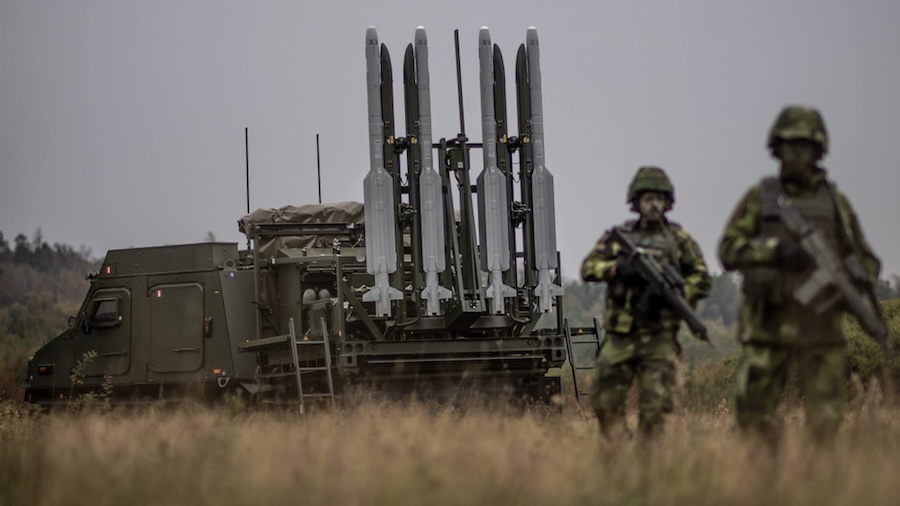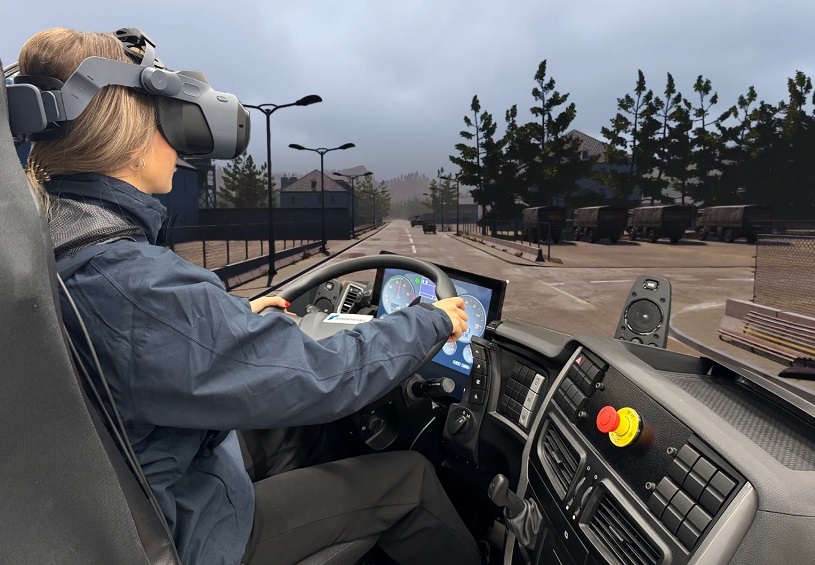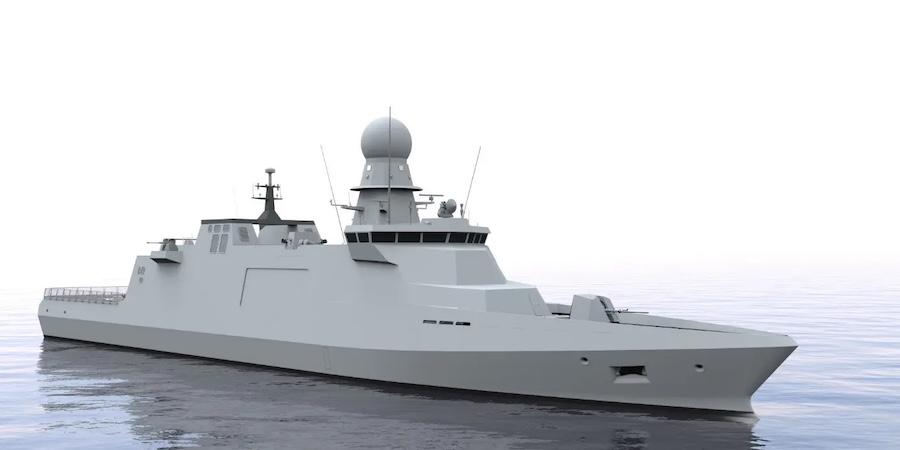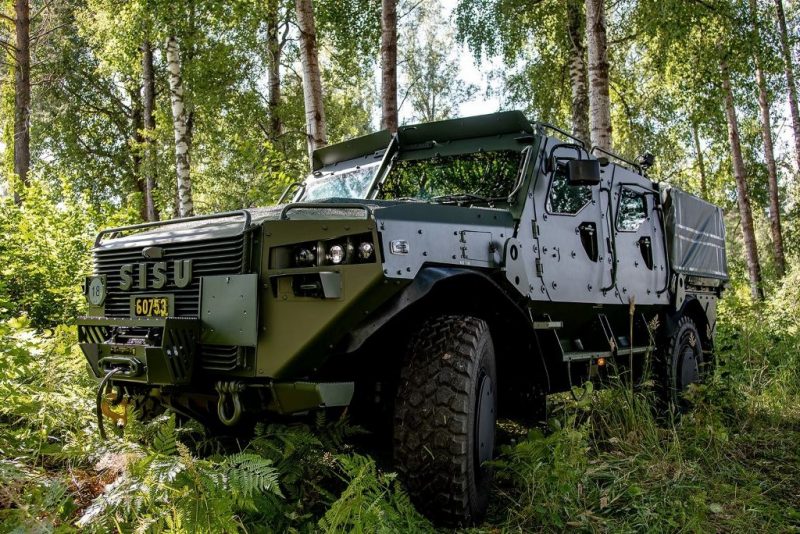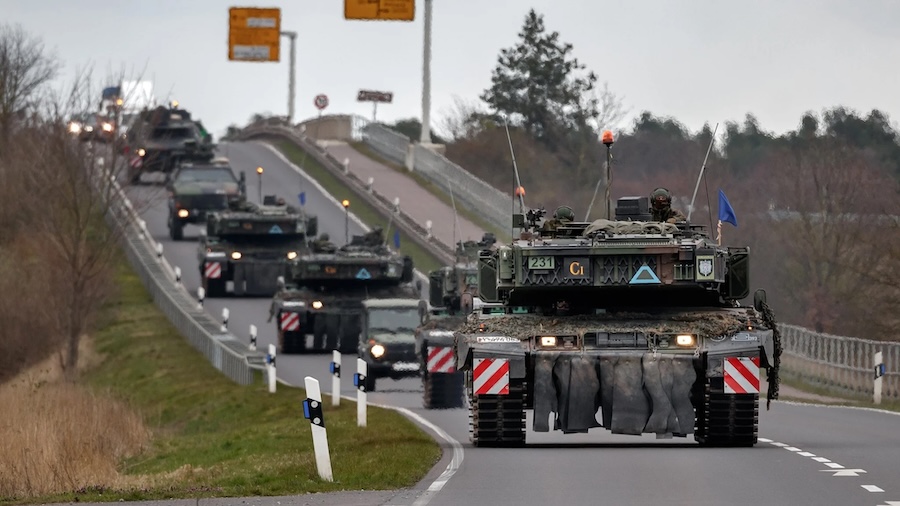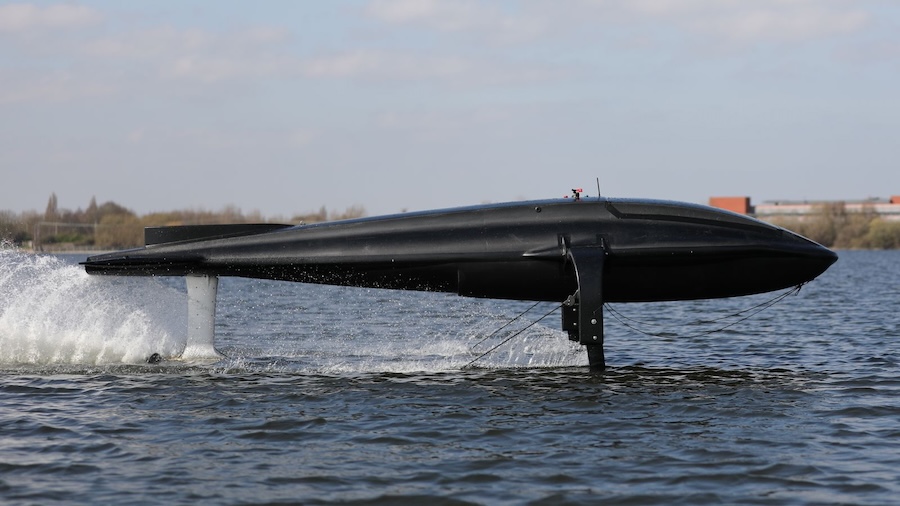During the tests, the AI agent was given control of the aircraft and successfully performed complex manoeuvres in a Beyond Visual Range (BVR) combat setting. Centaur also cued the pilot to fire, demonstrating its operational effectiveness in real-time scenarios.
“This is an important achievement for Saab, demonstrating our qualitative edge in sophisticated technologies by making AI deliver in the air,” said Peter Nilsson, Head of Advanced Programmes at Saab’s Aeronautics Business Area. “The swift integration and successful flight testing of Helsing’s AI in a Gripen E exemplifies the accelerated capability gain you can get from our fighter.”
Gripen E’s design allowed the AI software to be fully integrated and flown without restriction to experimental test aircraft or limited test ranges. This flexibility highlights the aircraft’s ability to undergo software updates quickly while maintaining strict safety standards.
“Within Project Beyond and other programmes, we utilise the power of software to rapidly explore and blur the lines between ‘now’ and the future; in software there are no generations, only speed,” Nilsson added.
The third flight, conducted on 3 June, evaluated Centaur’s adaptability by engaging a real Gripen D aircraft in dynamic BVR scenarios. The AI’s robustness was tested under varied conditions, including different speeds, distances, and the removal of command and control data.
Saab and Helsing’s joint Project Beyond team is using Gripen E to assess how reliable AI can support future combat situations. The team will now analyse the data and continue training Centaur, with further test flights scheduled for later this year.
The initiative is fully funded by the Swedish Defence Materiel Administration (FMV) and forms part of Sweden’s Concept Programme for Future Fighter Systems.


